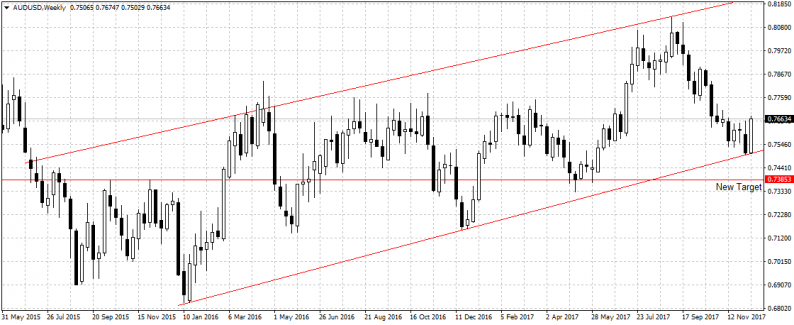Australian economy created more jobs than projected in November, according to the Australian Bureau of Statistics report released on Thursday.
A total of 61,600 jobs were created in November, far more than the 18,000 jobs expected by experts and more than what was recorded in October. However, the unemployment rate remained unchanged at 5.4 percent, meaning the surged in the participation rate to 65.5 percent in the month affected unemployment number. But shows the labor market remained strong and continued to absorb more workers as two-thirds (41,900) of the 61,600 jobs created were full-time positions.
Ryan Felsman, a senior economist at CommSec’s said there is a job “record in sight”. “More Aussies are looking for work. More people are finding work. More employers are hiring workers and seeking employees,” he said.”In fact there have been 14 straight months of job gains. The longest stretch ever is 15 consecutive months from May 1993.”
but despite rising job creation, wage growth remains low with little support for the economy. The Australian economy expanded 0.6 percent in the third quarter, below economists’ projection and suggests weak consumer spending due to weak wage growth and rising household is hurting the Aussie economy.
Paul Dales of Capital Economics said the improvement in the labour market is unlikely to boost wage growth, “this tightening in the labor market has not yet started to boost wage growth,” he said.
“And the lesson from overseas is that even if the unemployment rate falls further, wage growth still won’t rise much.”

Again, while the Australian dollar gained 0.35 percent against the Fed’s affected U.S. dollar to US 76.64c, sustainability remains the question. Therefore, I will be treating the Aussie rebound as a temporary upsurge and expect US tax vote due next week to plunge the currency below the ascending channel, $75.06c as explained here.












Leave A Comment